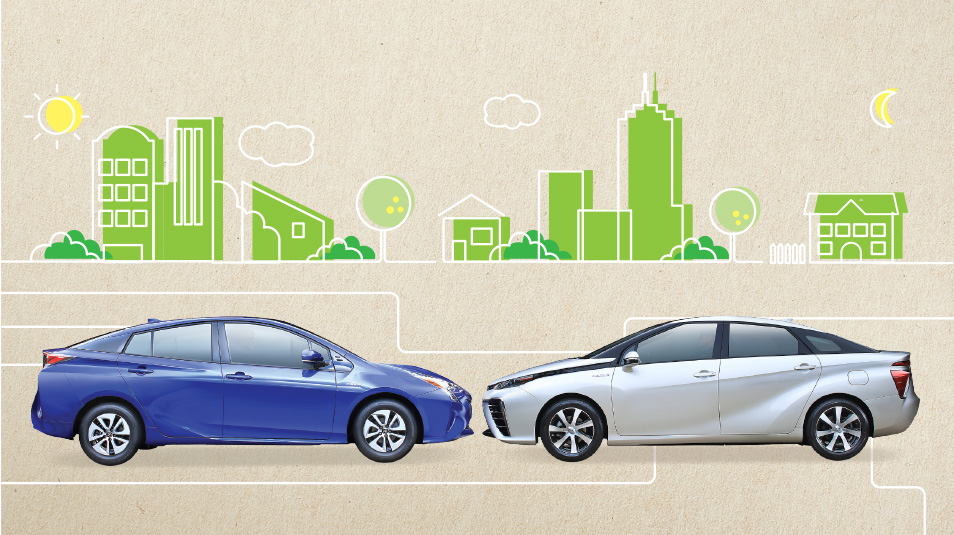Toyota talks achievements, goals in 2015 environmental report


As the creator of the world’s first mass-produced hybrid, the Prius, it’s pretty evident that being green is important to Toyota Motor Corp. It actually says so in its North American Mission statement, stating a “commitment to minimizing environmental impacts and promoting positive environmental change.”
Each year, the company releases an annual report detailing progress made towards fulfilling their mission in the past 12 months, split into five categories like Strategy, Carbon, Water, Materials, and so forth. We’ve distilled the recently released 2015 report into some key highlights below.

Carbon
Toyota has been working hard to create more efficient gasoline engines, and to that end introduced the turbo 2.0-litre engine in the 2015 Lexus 200T. Other fuel-thrifty models in the lineup include the 3.5 L Toyota Tacoma as well as the Lexus RX Hybrid.
Continuous research is being pursued in the design and development of practical low or zero emission vehicles, like the three-wheeled Toyota i-Road, the various available hybrids including those under the Scion and Lexus brands, and the hydrogen-powered Mirai.

Water
Across 85 North American facilities, Toyota withdrew 6.4-billion litres of water to be used at assembly plants, parts, distribution and R&D centres and offices. The automaker has a goal in 2016 to reduce that number by six per cent. Examples of measures being taken to achieve the target are installing metering and water filtration systems, and identifying and reducing leaks in buildings.
Materials
In long list of plans to reduce, reuse and recycle materials, copper in brake pads is to be reduced over the next five years to address concerns about runoff found in water. Plant-based plastics are increasingly being used in numerous components, such as the seat cushions found in the Toyota Prius, Corolla, Matrix and Lexus CT 200h.

Biodiversity
Toyota is making an effort to minimize negative impacts on living organisms and their habitats in and around the areas in which it operates. For instance, stateside, native species of trees are being planted on the 1,160 acres of land where Toyota Motor Manufacturing, Indiana resides.
Outreach
With a vast supplier network ranging from parts and accessories to office equipment, Toyota tries to share previous experience and learned knowledge about environmental stewardship to others.
It’s a two-way street, as demonstrated by the implementation of a program to reduce food waste in cafeterias with the help of Sodexho, a provider of integrated food and facilities management services. In another case, Boles Parts Supply is working with the manufacturer to find alternate uses for scrap parts.

Read the full report here: www.toyota.ca/toyota/en/environment/environmental-report.

